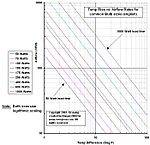StealthyScrog
Member
for a 420 watt cab, in an extremely small area, 6"x57.5"x28" length x width x height, with supplement lights placed in every available space for max production in a small space, but what should i ventilate with? would a td-125 be able to handle this and a durban poison carbon filter in this cab with lights?




